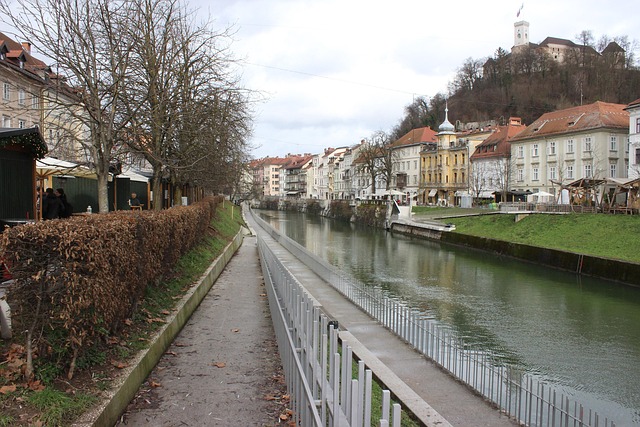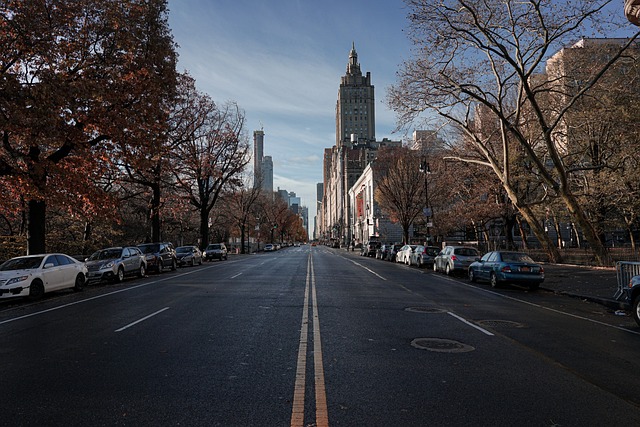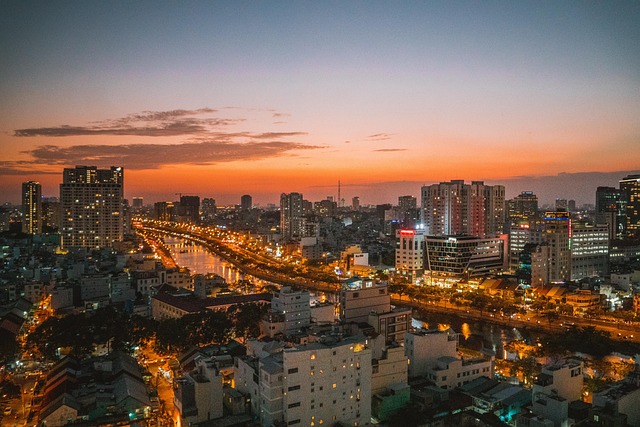Karachi's Naya Nazimabad area faces significant traffic congestion during peak hours due to population growth and urban expansion, with key roads like Shahrah-e-Faisal and Saudagah Road frequently affected. To alleviate this, Karachi authorities are implementing strategic initiatives, including road expansions, underpasses, overpasses, smart traffic signal management, and real-time monitoring systems. Additionally, promoting public transport, dedicated bike lanes, carpooling, and ride-sharing apps, along with enhanced pedestrian facilities, aims to provide a smoother traffic experience and create a more livable environment in the bustling metropolis.
Karachi, as Pakistan’s bustling metropolis, faces significant traffic challenges, especially in areas like Naya Nazimabad. This article delves into the intricate web of traffic patterns surrounding this vibrant neighborhood, exploring the daily commute dynamics and identifying potential bottlenecks. We then present strategic solutions to alleviate congestion, emphasizing sustainable and efficient transportation methods tailored for Karachi’s unique urban landscape. By understanding and optimizing these routes, we aim to offer a smoother experience for residents and visitors alike in Naya Nazimabad and beyond.
- Understanding Traffic Patterns in Karachi's Naya Nazimabad Area
- Strategies to Alleviate and Optimize Congestion Near Naya Nazimabad
Understanding Traffic Patterns in Karachi's Naya Nazimabad Area

The traffic patterns in Karachi’s Naya Nazimabad area reflect the city’s dynamic nature, especially during peak hours. With a growing population and an expanding urban landscape, understanding this region’s traffic flow is essential for both residents and visitors. Naya Nazimabad, known for its residential developments and commercial hubs, experiences heavy vehicular congestion on key arteries like Shahrah-e-Faisal and Saudagah Road, particularly during the morning and evening commutes.
This area’s unique geography, surrounded by other metropolitan centers, creates a complex traffic network. To alleviate congestion, authorities have implemented various strategies, including smart traffic signal management and road expansion projects. By studying these patterns, commuters can navigate more efficiently, reducing travel time and enhancing overall mobility within the bustling metropolis of Karachi.
Strategies to Alleviate and Optimize Congestion Near Naya Nazimabad

To alleviate and optimize congestion near Naya Nazimabad in Karachi, several strategic initiatives can be implemented. First, expanding road infrastructure is crucial. This includes constructing additional lanes, underpasses, and overpasses to accommodate higher traffic volumes efficiently. Smart transportation systems like real-time traffic monitoring and adaptive signal control can also help manage flow dynamics, reducing delays at busy intersections.
Additionally, promoting public transport can significantly ease congestion. Enhancing bus rapid transit (BRT) services, introducing dedicated bike lanes, and encouraging carpooling or ride-sharing apps can attract more residents to opt for alternative modes of transportation. These measures, combined with better pedestrian facilities, will contribute to a smoother traffic experience and a more livable environment in the area.
The intricate traffic dynamics of Karachi’s Naya Nazimabad area demand a multi-faceted approach to alleviate congestion. By understanding the existing patterns and implementing strategic solutions, such as improved public transport, efficient signal timing, and smart city initiatives, Karachi can forge a smoother future for its residents. These measures will not only ease daily commutes but also contribute to the overall livability of this vibrant city.





Leave a Reply